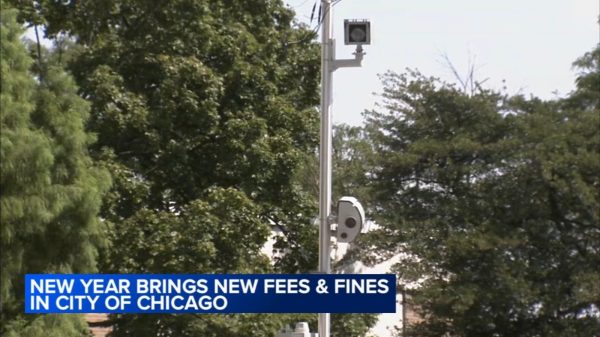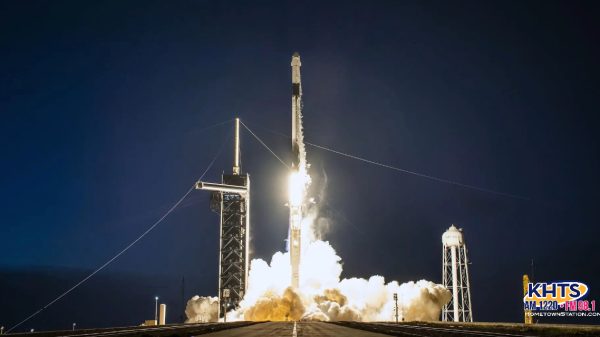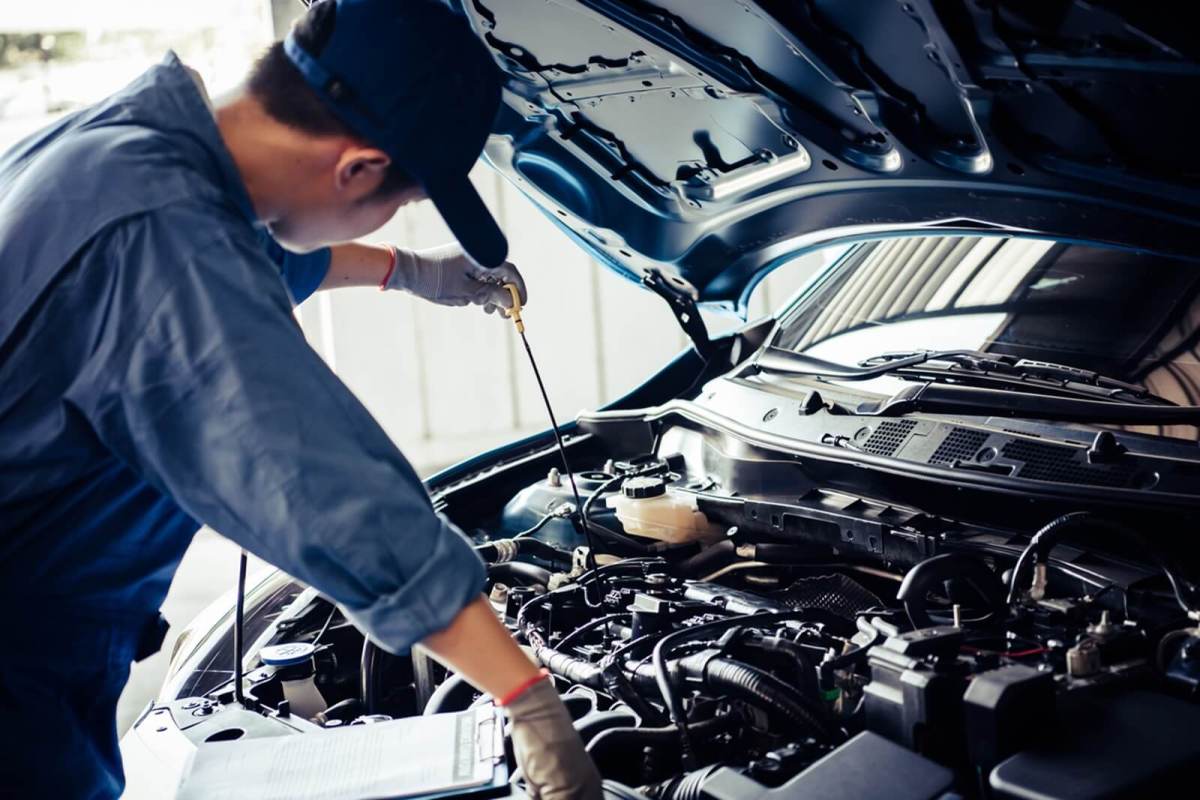
Six figures on that odometer? Not as big of a deal as you might think.
Where did the time go? You remember buying your dependable daily driver at around 55,000 miles. Now, your odometer starts with a one and has six figures. So now you have to offload your high-mileage car before it becomes a maintenance nightmare, right? Not necessarily.
These certified mechanics share that your six-figure odometer reading on your high-mileage car isn’t the end of the world
ASE-certified mechanics in coastal Georgia assert that you don’t have to rush to update your car after 100,000 miles. In a popular social media video, a mechanic named Sherwood weighs in on high-mileage cars. “Everyone is afraid of when their car rolls over from 99,999 to 100,000,” Sherwood said to his camera-toting colleague. “They think ‘Ah, my car is going to break’.”
In response, the cameraperson asks the question on the minds of so many car shoppers and drivers. “How long should vehicles be lasting for people?” Fortunately for your beloved ride, the answer could be reassuring. “It’s going to vary on the type of vehicle,” Sherwood said. “It’s going to vary based on where you live. That’s going to be a big factor.”
Sherwood told viewers that the environment can adversely impact the lifespan of a car. For instance, if your locale uses salt to clear roads in the winter, your car is at risk for rust. Conversely, a car from the south may be much less likely to rust come winter.
What’s more, Sherwood reassured drivers that 100,000 miles on the odometer doesn’t constitute a high-mileage vehicle anymore. “That 100K thing. That was true way, way back. 100,000 miles is not a lot of miles at all on a vehicle. As long as it was maintained. A vehicle will last as long as you want to look at it in your garage. It can be maintained. It can be repaired.”
Better yet, the Georgia mechanic took the opportunity to remind viewers about the importance of proper maintenance. “Do your oil changes at the proper interval. [Replace your] shocks and struts at 100,000 miles. It’s way cheaper to maintain it than it is to replace it.” He adds that it’s also much cheaper to stay on top of maintenance than it is to repair or replace major components due to neglect.
Check out the social media video below!

















































